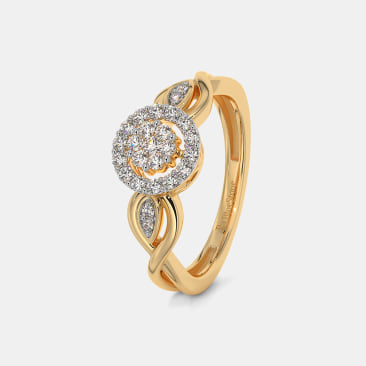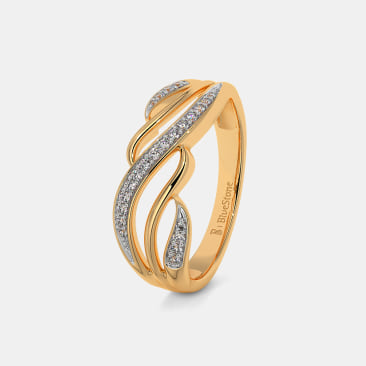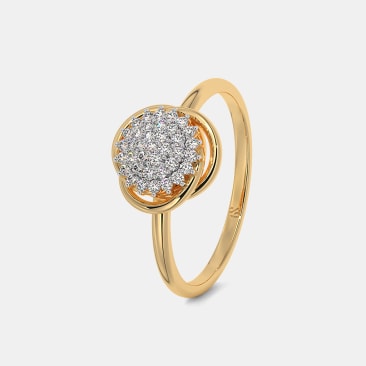How to Tell if a Diamond is Fake
Elizabeth Taylor once said, “You can’t possess radiance, you can only admire it”. With something as brilliant and desirable as a diamond, it is easy to get carried away with its radiance. But if you are not careful enough, you can be taken for a ride while buying diamond bangles, earrings, bracelets, and the like. With the increasing number of fake diamonds sneaking into the jewellery market, you are often at a risk of procuring imitations thinking them to be the genuine stones. The worst part is that buying an imitation will burn a deep hole in your pocket. That is why you should know how to distinguish an authentic diamond from an imitation.
The good news is you don’t have to be a gemmologist to determine whether a diamond is real or fake. While the help of an expert is always the best way to do this, there are a few things you can do at home. Outlined below are a few tests to help you determine if your diamond is real or fake.
The Fog Test or the Breath Test
A simple and quick way of verifying the authenticity of your diamond is the fog test. You can conduct this test either on a loose diamond or a mounted one, such as the ones mounted your diamond rings or pendants. Clean the diamond and hold it within one centimetre of your mouth. Fog it up with your breath in a manner you would fog a window or a mirror. Since a diamond is known to be an efficient conductor of heat, it doesn’t fog up. If your diamond stays fogged for three or four seconds, chances are it is a fake one. Take it to a trusted jeweller and get the jewellery checked.
Use the Loupe Test
A loupe is a magnifying glass through which diamond experts inspect the colour and clarity of a diamond. You can get hold of one from a jeweller and look through it at your loose or mounted diamond in good light. If you notice naturally occurring flaws or inclusions in the stone, it signifies that the diamond is a real one. However, the absence of imperfections does not always indicate a fake diamond. Remember that lab-grown diamonds are without imperfections but they are real. So, be sure to use other tests before ruling out the diamond as fake.
The Water Test or the Floating Test
Do you own loose diamonds which you purchased as an investment or for making jewellery? There is an easy way to determine the genuineness of loose diamonds. It is called the Water Test or the Floating Test. All you need to do is to drop your diamond in a glass of water and observe if it sinks to the bottom or remains floating. The high density of a real diamond will ensure that it sinks to the bottom of the glass. If your diamond floats on the surface, you have a fake one. Since there are some fake diamonds that do not float on water, this test is not a conclusive one.
Of Ice and Fire: Carry Out the Fire Test
No, this test is not as terrifying as it sounds. Putting your loose diamond through the fire test is another way of verifying its authenticity. Use a candle flame or a lighter to heat up the diamond for 30 seconds. Then immediately drop it straight into a glass of cold water. Since diamonds are incredibly strong, this test won’t harm a genuine one. But the rapid expansion and contraction will crack or shatter a fake diamond.
The Refractivity Test
Diamonds have an inherent quality of refracting or sharply bending the light passing through them. A fake diamond lacks this effect. It is possible to judge whether your loose diamond is genuine or not by applying the two methods mentioned below:
The newspaper method: Place your diamond upside down on a piece of newspaper. If you are able to read the print or see black smudges, then the stone is probably a fake one. But it may be possible to see the print through a real diamond if its cut is disproportionate.
The dot method: Take a sheet of white paper and draw a dot on it with a pen. Place the diamond right over the dot and look down at it. If your diamond is real, you won’t be able to see the dot. If you notice a reflection in the diamond, know that it is a fake one.
Check the Mount or the Setting
This test is applicable for your mounted diamond. It is not likely that a genuine diamond will be set in an inexpensive metal. Check for the stamp inside the setting or mount of your diamond. If the stamp indicates that the setting is made of precious metals like platinum or gold, chances are that the diamond is real. But if the stamp signifies that the setting is made of an inexpensive metal, it can mean that the diamond is not authentic. You can take your jewellery to an expert for a more conclusive result.
What to Do If Your Diamond Fails One Or More Tests?
It is best to go one by one when conducting these tests. If your diamond fails one test, do the next one to double-check the results. If your diamond fails all the tests mentioned above, it is highly probable that the stone is a fake one. But if it passes even one test, there still remains the possibility of it being a genuine diamond. Get the stone tested professionally at a gemmologist to determine its authenticity.
How to Procure Authentic Diamonds?
In order to steer clear of any uncertainty regarding the authenticity of your diamonds, follow two important measures while buying them. First, do not indulge in buying uncertified diamonds. Second, always purchase your diamonds from trusted jewellers, who are well-known for selling only high-quality diamonds and diamond jewellery. They say prevention is better than cure. So it is in your best interests to purchase authentic diamonds from certified jewellers. A little care you exercise at the time of purchase will save you from many sleepless nights.




